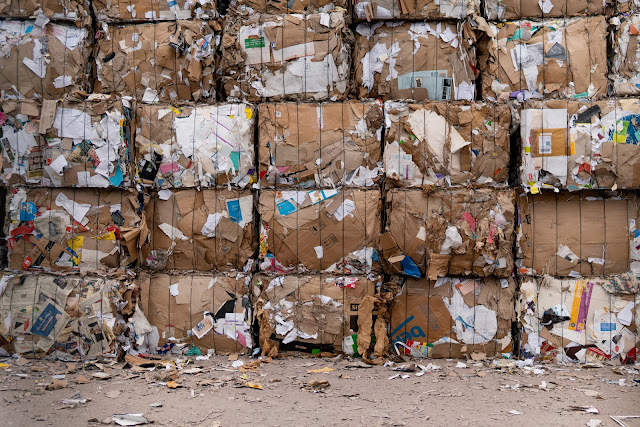Proper Waste Segregation
Proper segregation of waste when removing junk is an important aspect of waste management. It helps to reduce the amount of waste that goes to landfills and contributes to environmental pollution. Segregation of waste involves separating different types of waste into different categories, such as recyclables, non-recyclables, hazardous waste, and organic waste.
Identify the different types of waste.
The first step in proper segregation of waste is to identify the different types of waste. Recyclables include paper, plastic, glass, and metal. Non-recyclables include food waste, diapers, and other organic waste. Hazardous waste includes batteries, chemicals, and electronic waste. Organic waste includes food waste, garden waste, and other biodegradable materials.
Categorize waste.
Once the different types of waste have been identified, they should be separated into different categories. This can be done using separate bins or containers for each category. For example, recyclables can be placed in a blue bin or container, while non-recyclables can be placed in a black bin or container. Hazardous waste should be placed in a separate container, and organic waste should be placed in a compost bin or container.
Label waste properly.
It is important to properly label each bin or container to ensure that waste is placed in the correct category. This can be done using clear and concise labels that are easy to read. Labels should also include instructions on what items can and cannot be placed in each bin or container.
Proper segregation of waste not only helps to reduce environmental pollution but also helps to conserve natural resources. Recycling of materials such as paper, plastic, glass, and metal reduces the need for new raw materials to be extracted from the earth. This, in turn, helps to conserve natural resources such as forests, oil, and minerals.
Dispose hazardous waste properly.
In addition to proper segregation of waste, it is also important to properly dispose of hazardous waste. Hazardous waste should never be placed in regular trash bins or containers. Instead, it should be taken to a hazardous waste disposal facility. Many communities have hazardous waste collection days, where residents can bring their hazardous waste to a designated location for safe disposal.
Proper segregation of waste is also important for the safety of waste management workers. Waste management workers often come into contact with hazardous materials, and proper segregation of waste helps to reduce their exposure to these materials. This, in turn, helps to reduce the risk of injury or illness among waste management workers.
In conclusion, proper segregation of waste when removing junk is an important aspect of waste management. It helps to reduce environmental pollution, conserve natural resources, and ensure the safety of waste management workers. By properly identifying and separating different types of waste, we can all play a role in protecting the environment and preserving natural resources for future generations.


Comments
Post a Comment